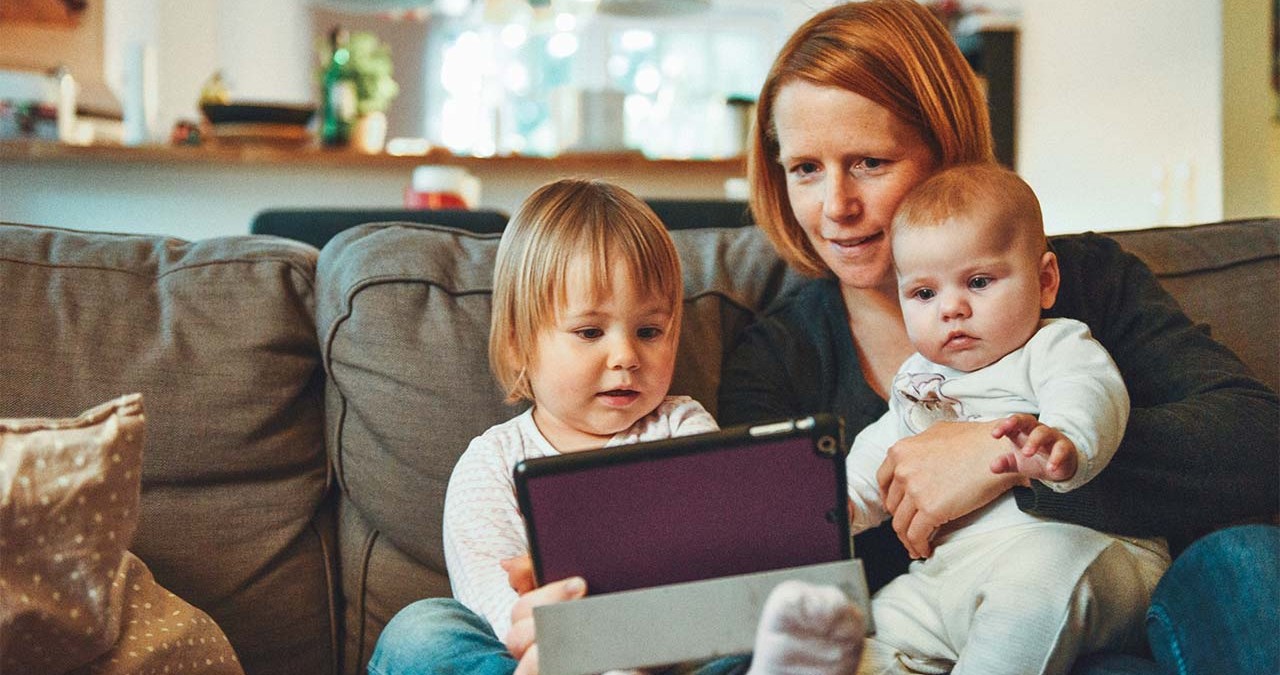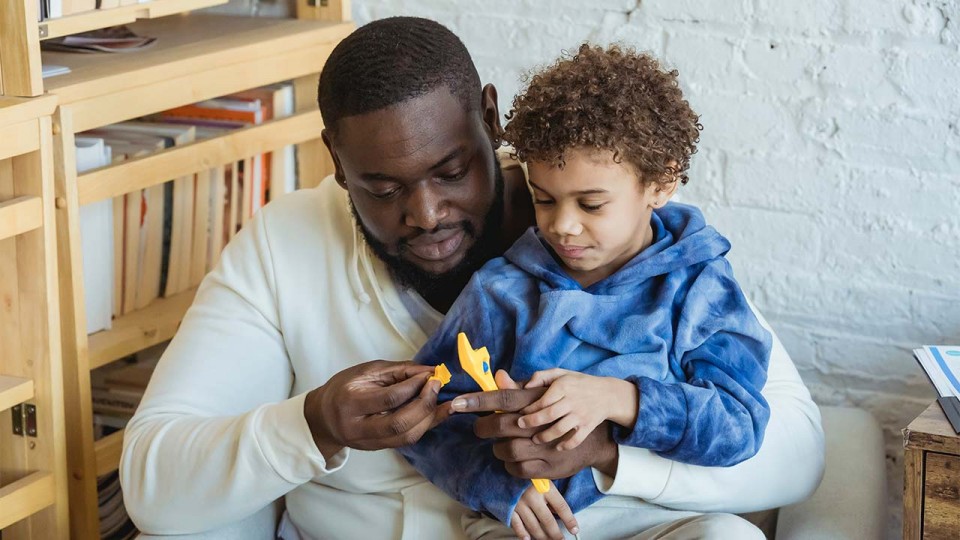What is AAC and How Can We Help?

Augmentative and Alternative Communication (AAC) refers to any form of communication that isn’t spoken language. This can range from no-tech (facial expressions, gestures, paper-based images) to low-tech (communication buttons) to high-tech (apps and speech-generating devices).
Many people, including autistic individuals and others with speech-related disabilities, use one or multiple forms of AAC to communicate. As communication partners, it is our responsibility to acknowledge and respond to their messages.
1. Follow Their Lead
If you don’t understand what a child is gesturing for, let them guide you to their preferred item or action. You can say, “Can you show me?” to encourage them to lead the interaction.
2. Model AAC Use
Just like speaking children hear words many times before using them, AAC users need repeated exposure to alternative communication before they’re expected to use it. If a child has an AAC device, model key words by selecting them yourself. For example, when asking, “Do you need help?” tap the “help” button on their device or board. This builds their understanding of symbols and language.
3. Provide Choices
Offer choices while holding the actual items: “Do you want water or milk?” If the child doesn’t point, watch their eye gaze. Then respond, “Okay, you want the milk.” This teaches them that their gestures, gaze, or selection successfully communicated their choice.
4. Easy Access
If your child loves Cheerios, keep an empty cereal box, cut out the label, and stick it on the pantry door. This visual cue can help them communicate their preference independently in the future.
5. Be Patient
Not being able to speak can be frustrating and may lead to increased frustration or behaviors. Caregivers can help by providing multiple ways to communicate, including gestures, choices, pictures, apps, and speech-generating devices. Acknowledge their efforts by saying, “I see you’re trying to tell me something, let’s figure it out together.”
Supporting AAC users means respecting all forms of communication, even if they don’t look like traditional speech. Every person deserves to be heard, and AAC helps make that possible.


